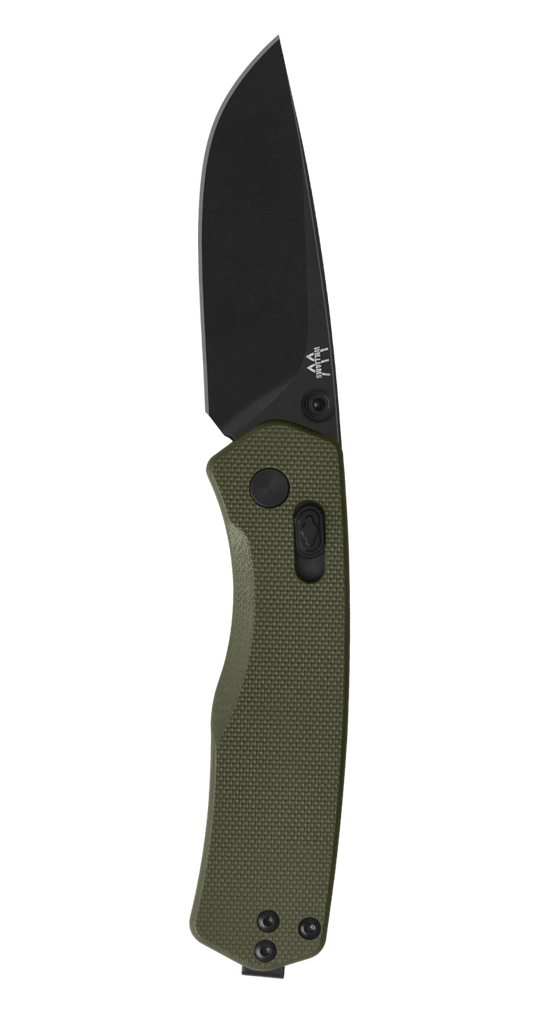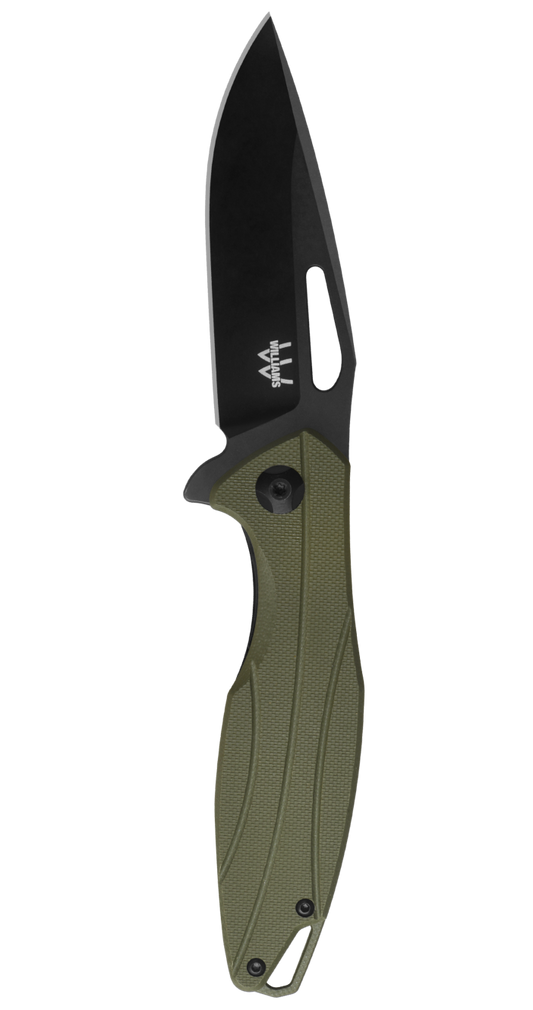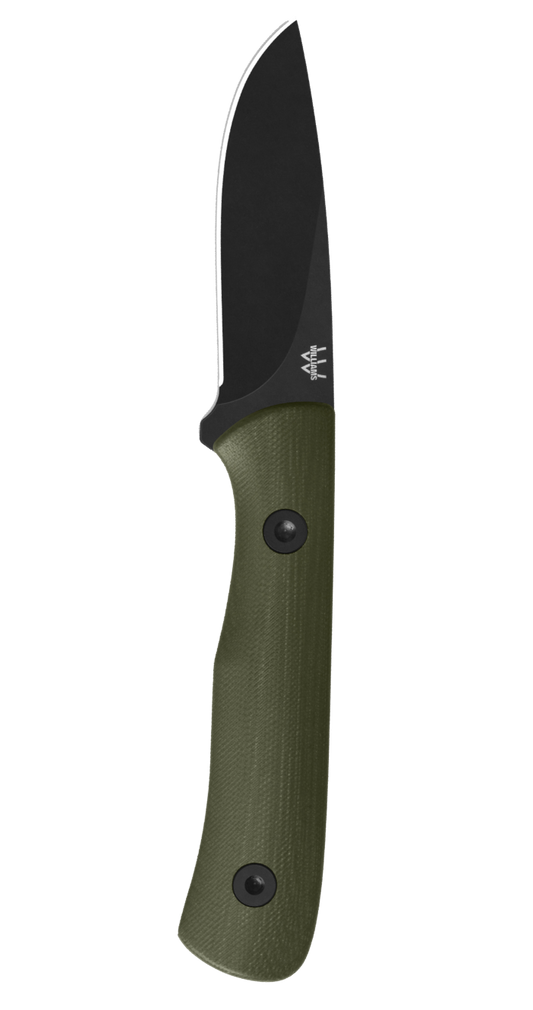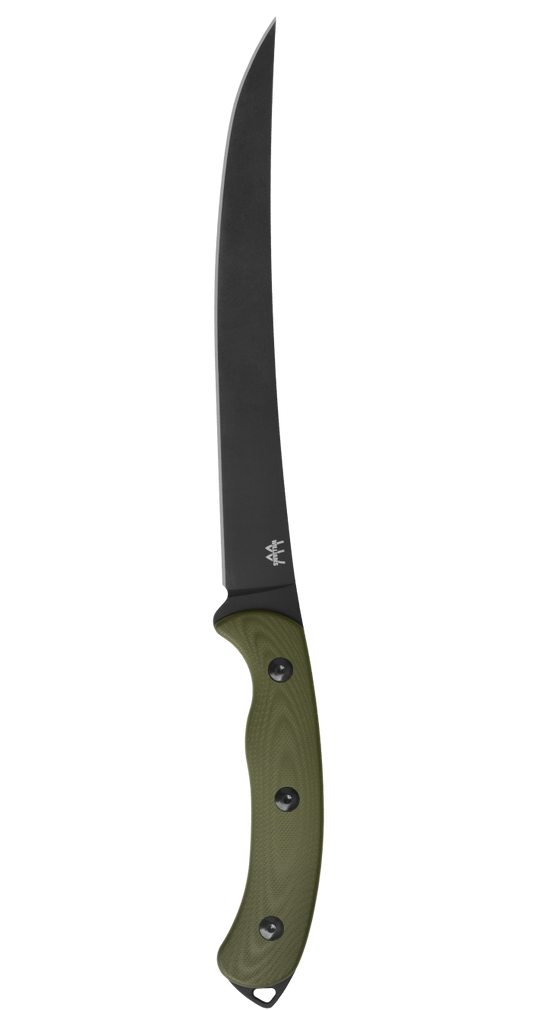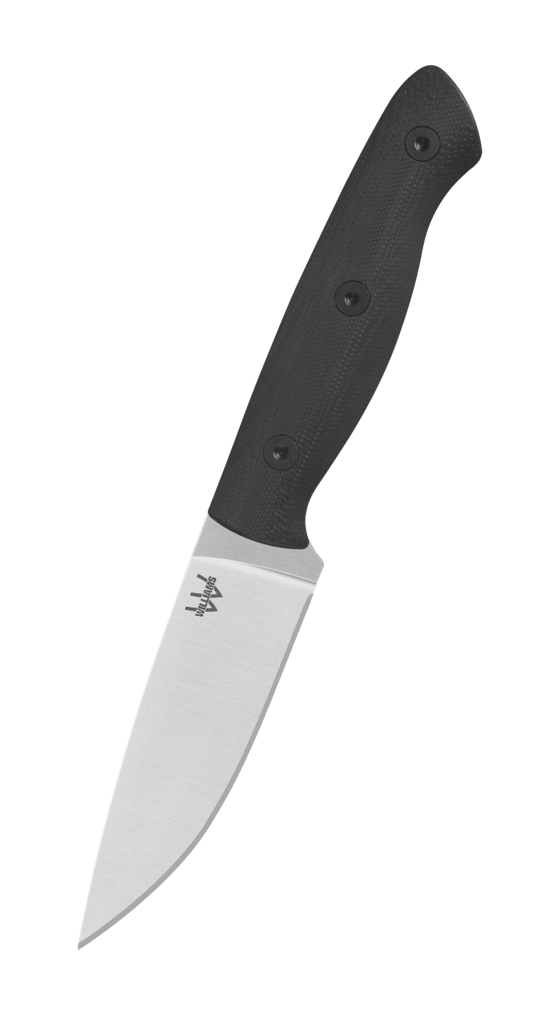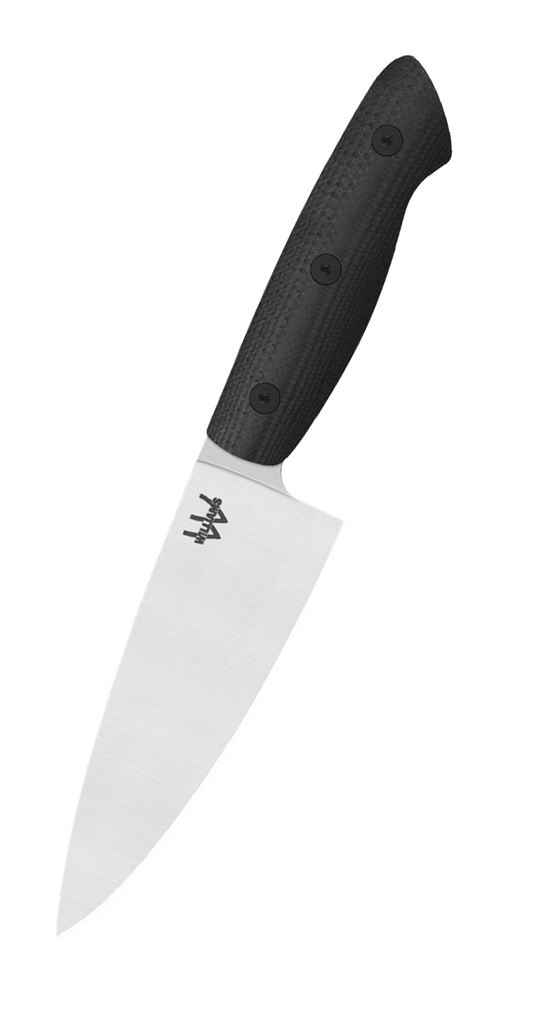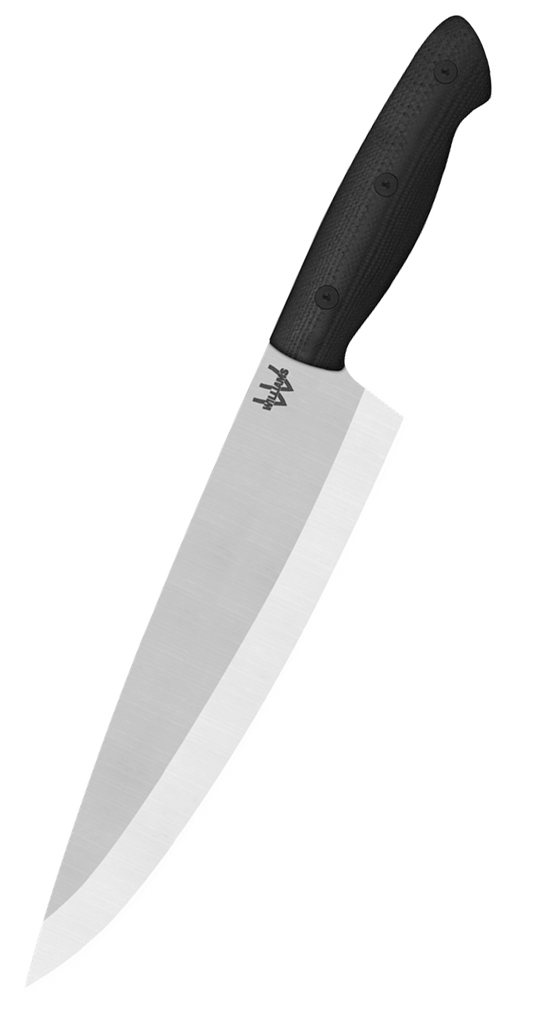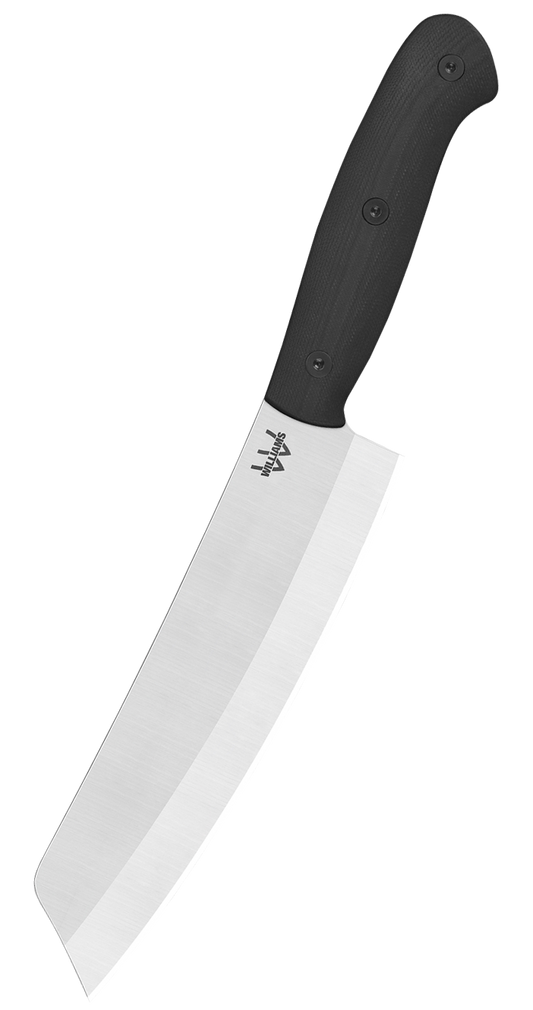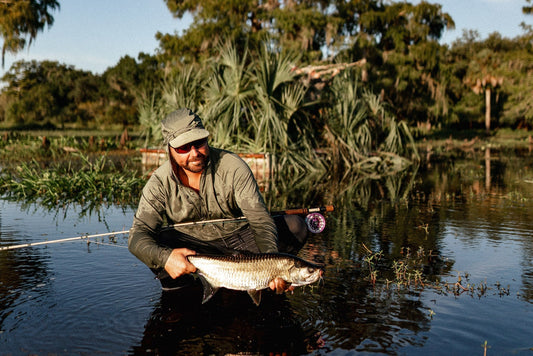My Archery Season Prep List
Alternative - As the summer solstice passes and the days start to get shorter, I know that it’s my signal to start getting ready for archery season. Here in Williamsburg County South Carolina, where my farm is located, archery season starts early - and I mean really early, August 15 to be exact. The deer are still in velvet and temperatures can get up into the high 90’s and even 100’s.
Another motivating factor to get ready is that I usually go on a September Elk hunt every year in New Mexico. Elk hunting can be both physically and mentally demanding so staying in tune with my bow, my accuracy and my physical well-being are paramount to success. I never really stop shooting throughout the year, but I definitely up my practice reps especially at distance as September gets closer.
Prepare Your Gear
Before stepping into the woods, I find it crucial to make sure my gear is in optimal condition. From my bow to my boots, the gear that assists you in the field, every piece must be checked, tuned, powered and ready for the challenges that lie ahead. Whether I’m targeting whitetails, muleys, or elk, it’s important to develop a gear checklist. Here is my get ready checklist for archery season.
Hopefully some of this will be helpful to you. I’ll never forget the time I was hunting a huge whitetail in Texas. It was past sunset and the light was dimming. The buck we were after stepped out of the brush and I went to range him. When I did, I realized that my batteries in my rangefinder were dead. Not a good thing. By the time I changed the batteries, the buck had disappeared back into the brush.
Some other things I make sure to do include:
Sharpen Knives
While practice and training definitely help get you ready for a high-altitude elk hunt, one often-underestimated tool is my hunting knife. A sharp knife isn't just a convenience — it's a vital asset that can make a significant difference in the field.
Three years ago, I was lucky enough to arrow a nice bull near Ute Park New Mexico. We were at least five miles from the road and another two miles from there to the truck. We decided to field dress the bull and break him down to pack him out. I had three knives with me, all that had just been sharpened using my WorkShop MK.2 Knife & Tool Sharpener. I was so glad that I had sharp knives. We were able to cape the bull and break him down in no time. We would have been in trouble if our knives were dull. A sharp knife also means cleaner cuts, minimizing tissue damage and preserving the quality of the meat. A sharp knife is also safer to use than a dull one. With a sharp blade, you can exert less force, reducing the chances of slipping and causing accidental injuries.
By prioritizing the sharpness of a knife, we not only ensure a smoother hunting experience but also show respect for the animals we pursue and the environment we immerse ourselves in.
Get in Shape
Before embarking on your archery season adventure, it's important to be physically prepared for the challenges that lie ahead. Bowhunting demands stamina, strength, and endurance, as you'll often find yourself traversing rough terrain, climbing into and out of stands, and controlling your breathing for the perfect shot.
My Bow Hunting Training Regimen Includes:
- Cardiovascular Fitness: Engage in activities such as jogging, hiking, or cycling to improve your overall cardiovascular health. These exercises enhance your endurance, enabling you to navigate through the woods with ease.
- Strength Training: Focus on exercises that target your core, legs, and upper body. Squats, lunges, push-ups, and pull-ups can help build the strength required for carrying gear and maintaining a steady aim.
- Flexibility: Incorporate yoga or stretching routines to improve flexibility, balance, and posture. These elements are crucial for maintaining steady shots during hunting.
- Practice With Your Gear: Set up a mock hunting scenario and practice drawing your bow to simulate real hunting conditions. This will help build muscle memory and ensure you're comfortable with your equipment.
Scout the Land
Effective scouting is a key element of a successful archery season. I familiarize myself with the land, learning movement patterns, and identifying potential lines of sight to intercept moving bulls and bucks.
Mapping and Observation
- Topographical Maps: I research topographical maps of the hunting area to understand its features, elevation changes, and potential deer travel routes. If you haven’t played with onX or other hunting map software, I encourage you to check them out as they can significantly improve your hunting experience.
- Trail Cameras: When I’m hunting closer to home, I set up trail cameras at strategic locations to capture deer activity, feeding patterns, and travel corridors. Then I review the images to identify prime hunting spots.
- Scouting Trips: When possible, I make multiple trips to the hunting area to observe deer movement, bedding areas, and food sources. When I’m traveling out West, I rely on my map research and any shared local knowledge, or hire a guide if I don’t have access to any beta.
Set Up Your Stand
If you’re hunting whitetails in the eastern woodlands, proper stand placement often means the difference between a successful bow season and one that is, at best, frustrating. A well-placed stand increases your chances of a successful shot while ensuring minimal disturbance to the environment.
Choosing a Stand Location
- Travel Corridors: I like to position my stand along established deer travel routes, such as trails between bedding and feeding areas.
- Food Sources: Identifying natural food sources like acorn-bearing trees or agricultural fields, helps me narrow down exactly where I should place my stand. I try to set up downwind from these locations.
- Wind Considerations: Pay close attention to wind patterns when placing your stand. Position yourself upwind of expected deer movement to avoid alerting them to your presence.
Stand Setup and Concealment
- Height and Visibility: Adjust the height of your stand for optimal visibility while maintaining effective concealment. A higher stand can help keep your scent above the deer's line of travel.
- Natural Cover: Use natural vegetation and foliage to help conceal your stand and create a natural-looking environment.
- Safety First: Prioritize safety by using a reliable safety harness and following manufacturer guidelines for stand installation.
With each step of preparation — from getting in shape to scouting the land and setting up your stand — you're enhancing your chances of a successful archery season. By combining physical fitness, keen observation, and strategic positioning, you're primed to embrace the challenges and rewards of bow hunting. As you sharpen your skills and connect with the natural world, you're on your way to a memorable and fulfilling bowhunting experience.

